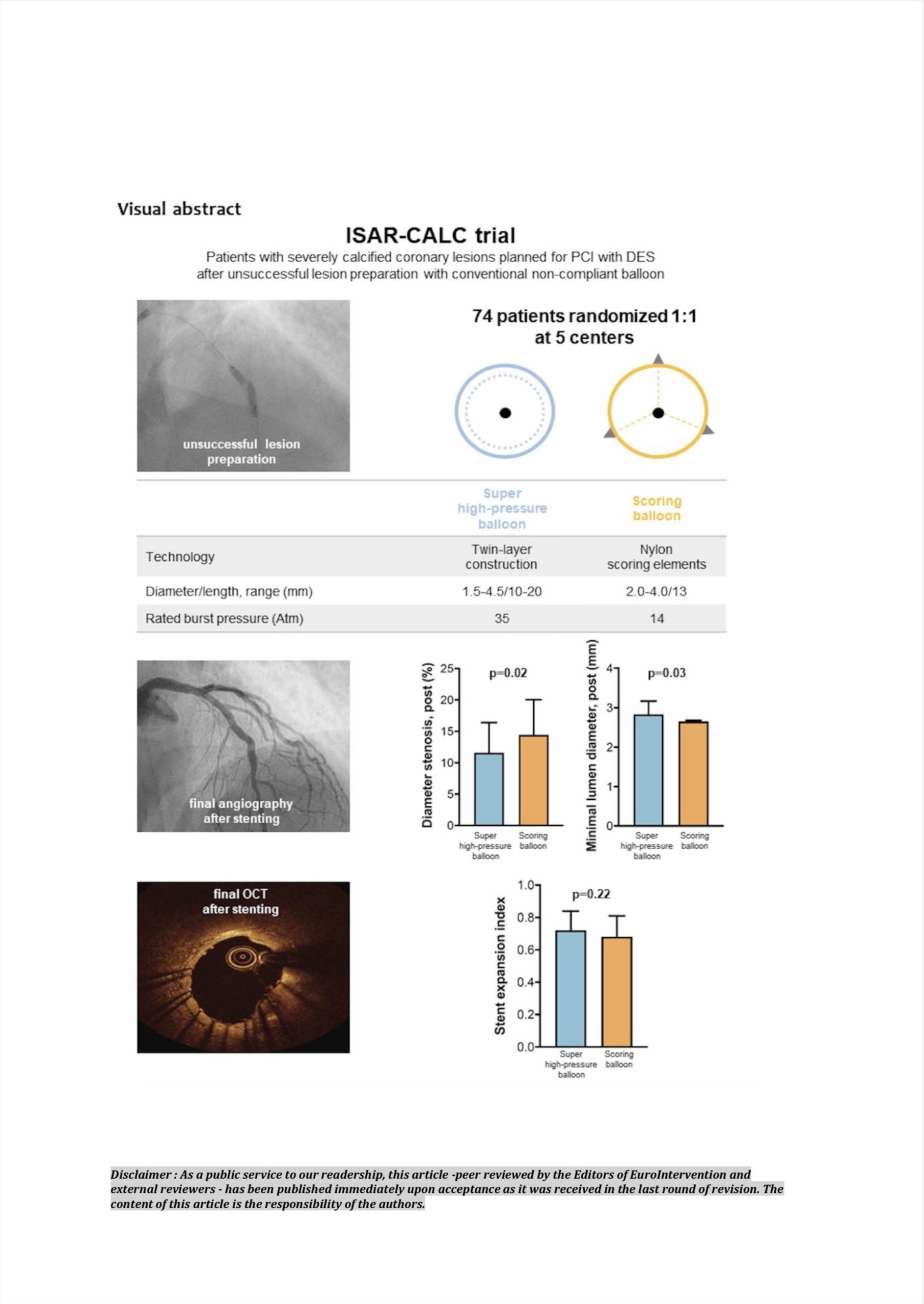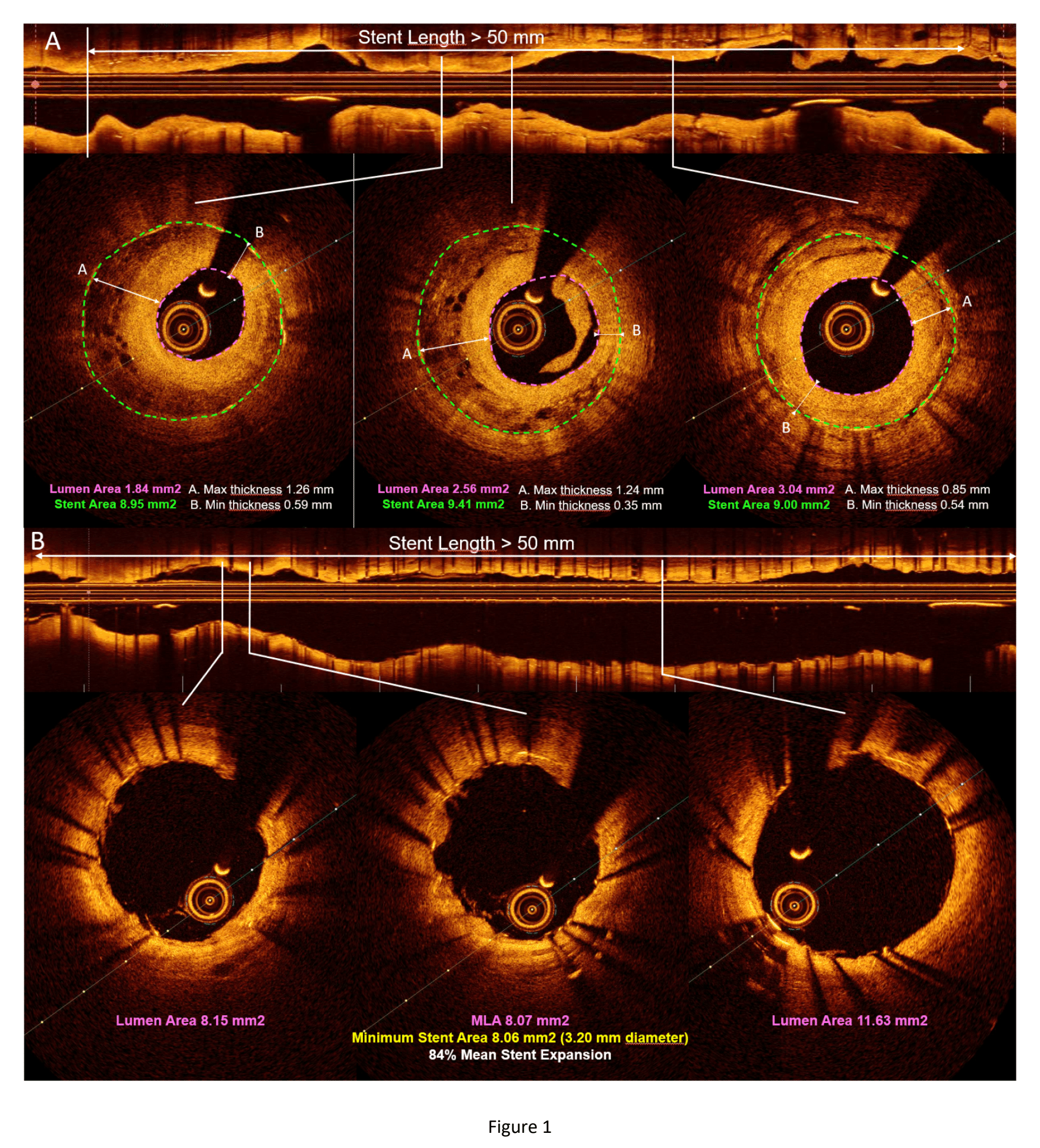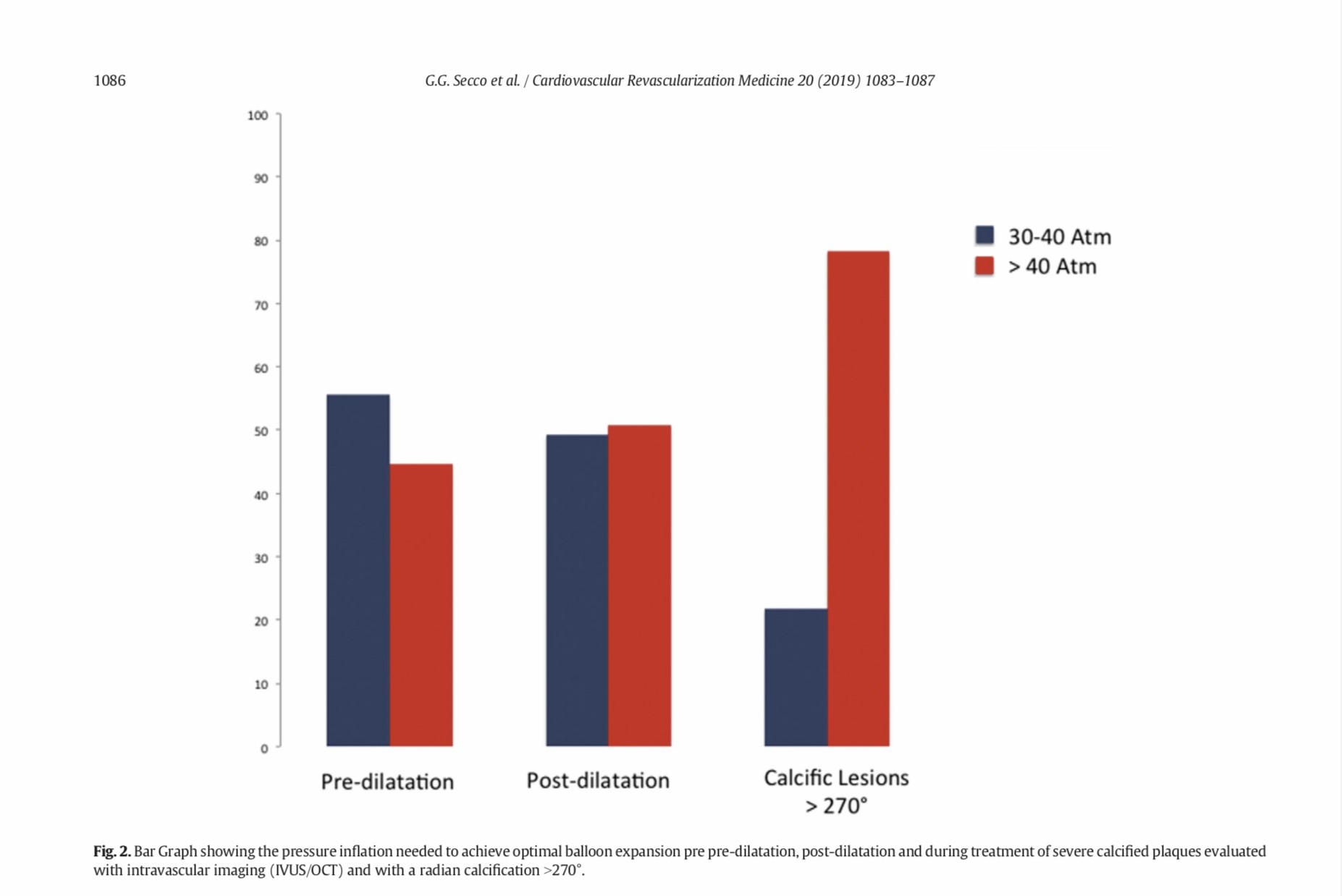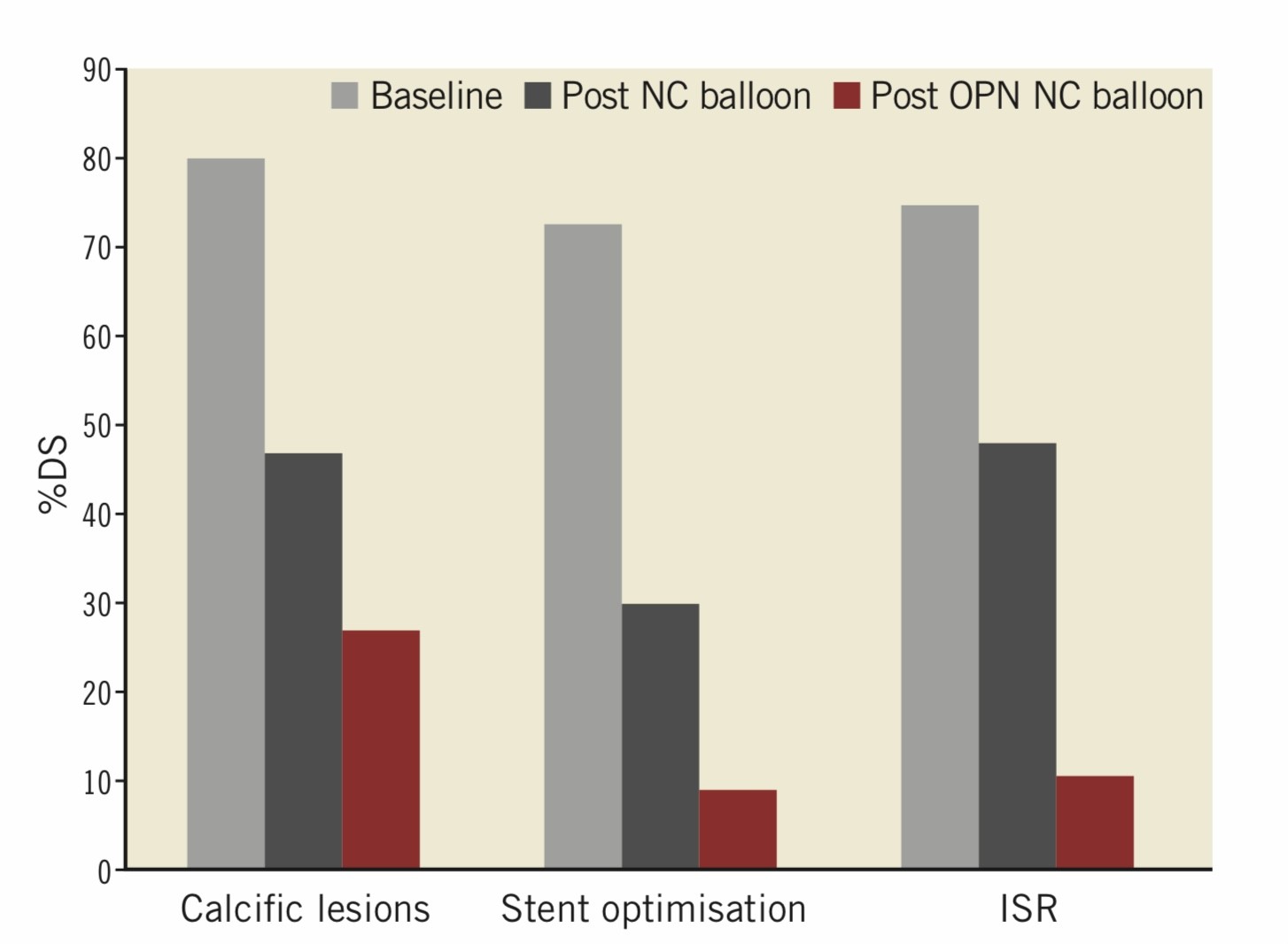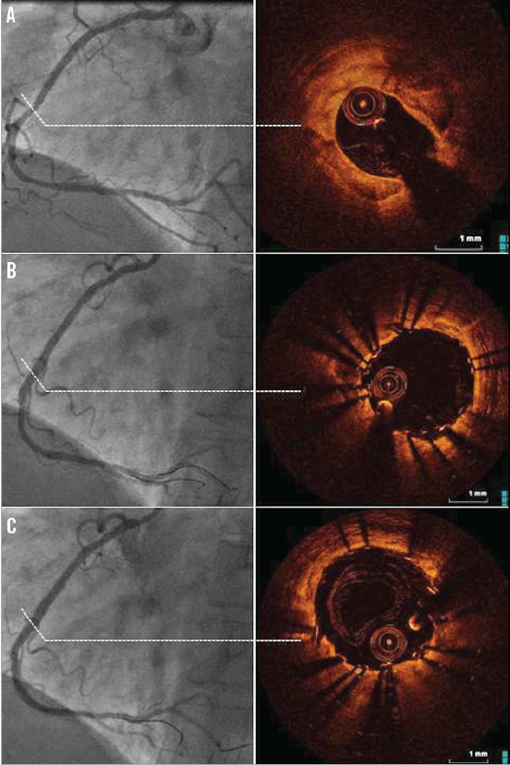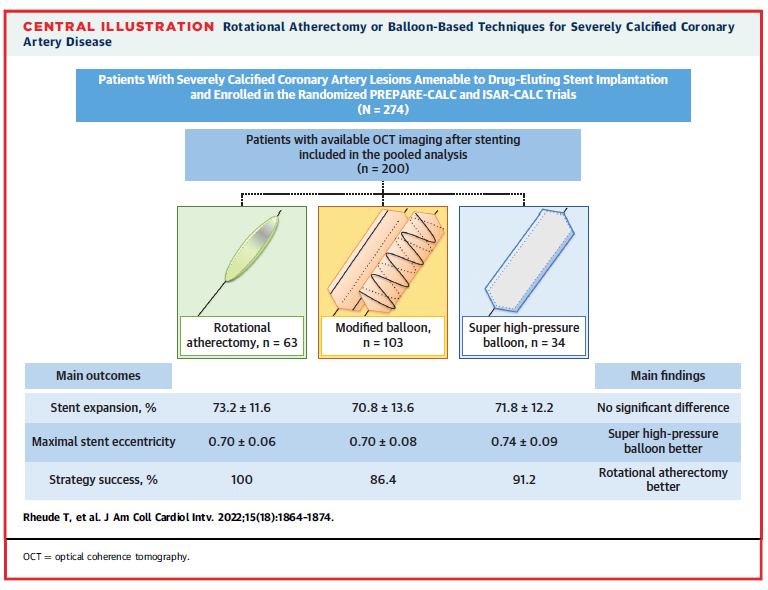OPN NC ® – Proven Safety & Performance
Over 500 OPN NC ® patient cases documented in European clinical studies demonstrating safety and performance. Additional studies are ongoing.
Randomized trial OPN NCTM vs Scoring Balloons
Super High-Pressure Balloon versus Scoring Balloon to Prepare Severely Calcified Coronary Lesions: The ISAR-CALC Randomized Trial. Rheude, T et al. (2020)
- 100% Procedural Success in the OPN NCTM group vs. 89.2% with scoring balloon
- 0% In-hospital MACE and no MACE shown in Cumulative 30-day clinical outcomes in the OPN NCTM group
- Significantly increased minimal lumen diameter, MLD, post & reduced diameter stenosis, post, in the OPN NC group
Rheude, T., Rai, H., Richardt, G., Allali, A., Abdel-Wahab, M., Sulimov, D. S., … & Cassese, S. (2020). Super High-Pressure Balloon versus Scoring Balloon to Prepare Severely Calcified Coronary Lesions: The ISAR-CALC Randomized Trial. Eurointervention: Journal of Europcr in Collaboration with the Working Group on Interventional Cardiology of the European Society of Cardiology.
“The use of balloon-based techniques to prepare severely calcified coronary lesions offers several potential advantages over ablation- or debulking-based techniques: there is minimal additional training, no extra staff or instrumentation required in the catheterization laboratory and less risk for downstream embolization of atheromatous material [1].”
The OPN NC™ successfully achieved acute luminal gain in 208 ISR lesions
Treatment of in-stent restenosis using a dedicated super -high pressure balloon
“Using this dedicated NCB at very high pressures is safe.
Moreover, its use not only appears to be efficient in tackling moderately to severely calcified ISR lesions, but also seems to lead to a low rate of TLF/TVF in complex ISR lesions during long-term follow-up.”
T. Seiler, A. Attinger-Toller, G.M. Cioffi, et al., Treatment of in-stent restenosis using a dedicated super high-pressure balloon, Cardiovascular Revascularization Medicine (2022)
Illustrative OCT (optical coherence tomography) case image – (A) Patient with symptomatic chronic coronary syndrome and in-stent restenosis with extensive neointima hyperplasia and some neoatherosclerosis (minimal lumen area 1.84mm2); (B) Following treatment with the OPNTM NC balloon device and stent-implantation, the minimal luminal area and calculated mean stent expansion were 8.07mm2 and 84%, respectively.
Single-arm trial to prove safety and performance of the OPN NCTM TWIN-Wall
Clinical Experience with Very High Pressure Dilatation for Resistant Coronary Lesions. Secco et al. (2019)
- 326 undilatable lesions treated with OPN NC
- 97,5% Angiographic Success
- 96,6% Procedural Success
- 0,9% MACE
Secco, G. G., Buettner, A., Parisi, R., Pistis, G., Vercellino, M., Audo, A., … & Di Mario, C. (2019). Clinical experience with very high-pressure dilatation for resistant coronary lesions. Cardiovascular Revascularization Medicine, 20(12), 1083-1087.
OPN NCTM TWIN-Wall fighting against undilatable lesions
Very high pressure dilatation for undilatable coronary lesions. Secco et al. (2015)
- 91 undilatable lesions treated with OPN NC®
- No coronary perforations occurred
- No acute or 30-day follow-up MACE was reported
“Conclusion: When conventional NC balloons fail, the new OPN NC® dedicated high pressure balloon provides an effective and safe alternative strategy for the dilatation of resistant coronary lesions”
Secco, G. G., Ghione, M., Mattesini, A., Dall’Ara, G., Ghilencea, L., Kilickesmez, K., … & Di Mario, C. (2016). Very high-pressure dilatation for undilatable coronary lesions: indications and results with a new dedicated balloon. EuroIntervention, 12(3), 359-65.
“Angiographic and OCT images of a heavily calcified lesion pre-stenting (A), post 3.0×18 mm ZES implantation followed by an NC balloon inflated at 22 atm (B), and post-dilatation with a 3.0×15 mm OPN NC balloon inflated at 38 atm (C). Please note that the MLD increased to 2.92 mm (after the NC balloon dilatation) and to 3.18 mm (after the OPN NC dilatation).”
Physician’s experience and advantages of non-compliant balloons over semi-compliant balloons
Non-compliant balloons at high-pressure versus conventional semi-compliant balloons – Cuculi F. et al. (2020)
“In simple coronary lesions, predilatation/ postdilatation with NCBs at high pressures appears to result in better scaffold and stent expansion.”
“Performing percutaneous coronary interventions with predilatation using non-compliant balloons at high-pressure versus conventional semi-compliant balloons: insights from two randomised studies using optical coherence tomography” Cuculi F, Bossard M, Zasada W, et al. Open Heart 2020;7:e001204 doi:10.1136/ openhrt-2019-001204
“Stent expansion index (SEI) assessed by optical coherence tomography (A) after device implantation and postdilatation in the semi-compliant balloon (SCB) group vs non-compliant balloon (NCB) group, (B) SEI after predilatation and postdilatation in the NCB group and (C) SEI after predilatation and postdilatation in the SCB group.”
A pooled analysis to compare the performance of up-front RA or balloon-based techniques before DES implantation in severely calcified coronary lesions
Rotational Atherectomy or Balloon-Based Techniques to Prepare Severely Calcified Coronary Lesions
Rheude T, Fitzgerald S, Allali A, et al.
“In patients with severely calcified lesions undergoing drug-eluting stent implantation, lesion preparation with RA, MB, or a super high-pressure balloon was associated with comparable stent expansion. A super highpressure balloon is associated with less stent eccentricity, whereas strategy success is more frequent with RA.”

